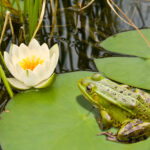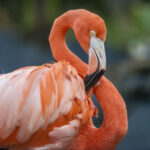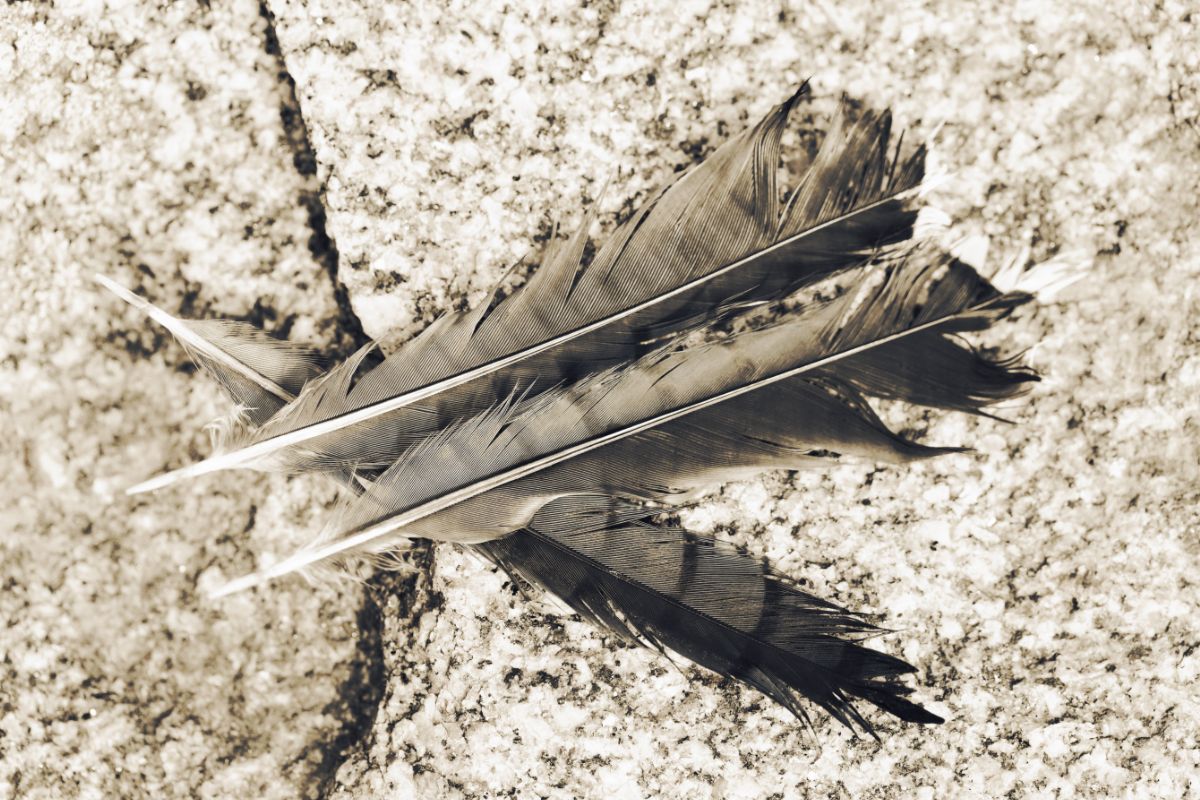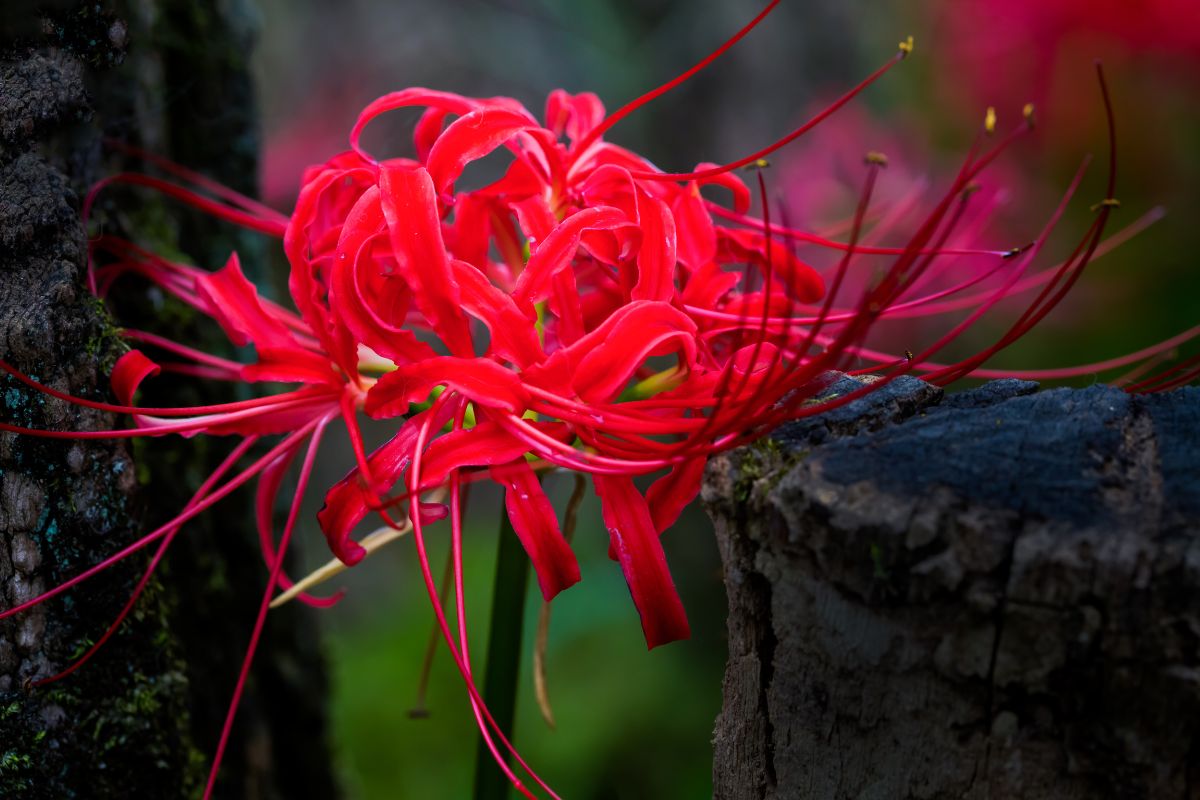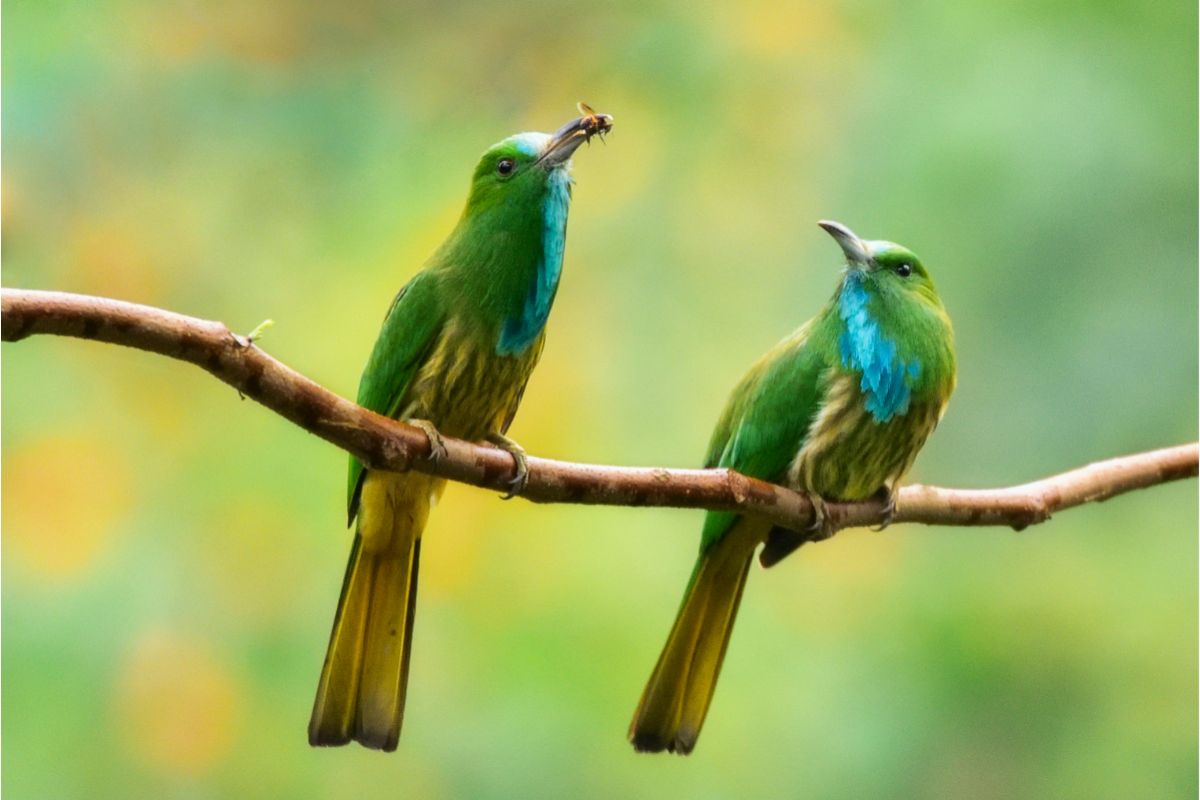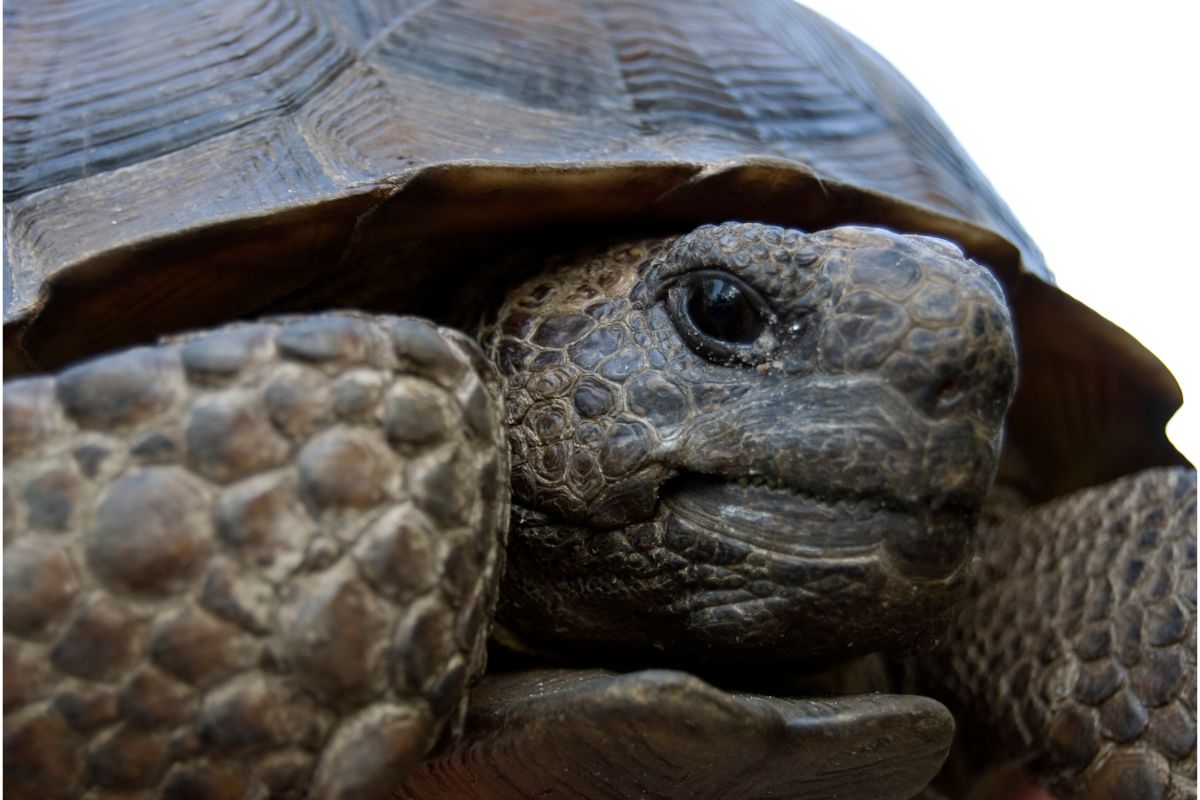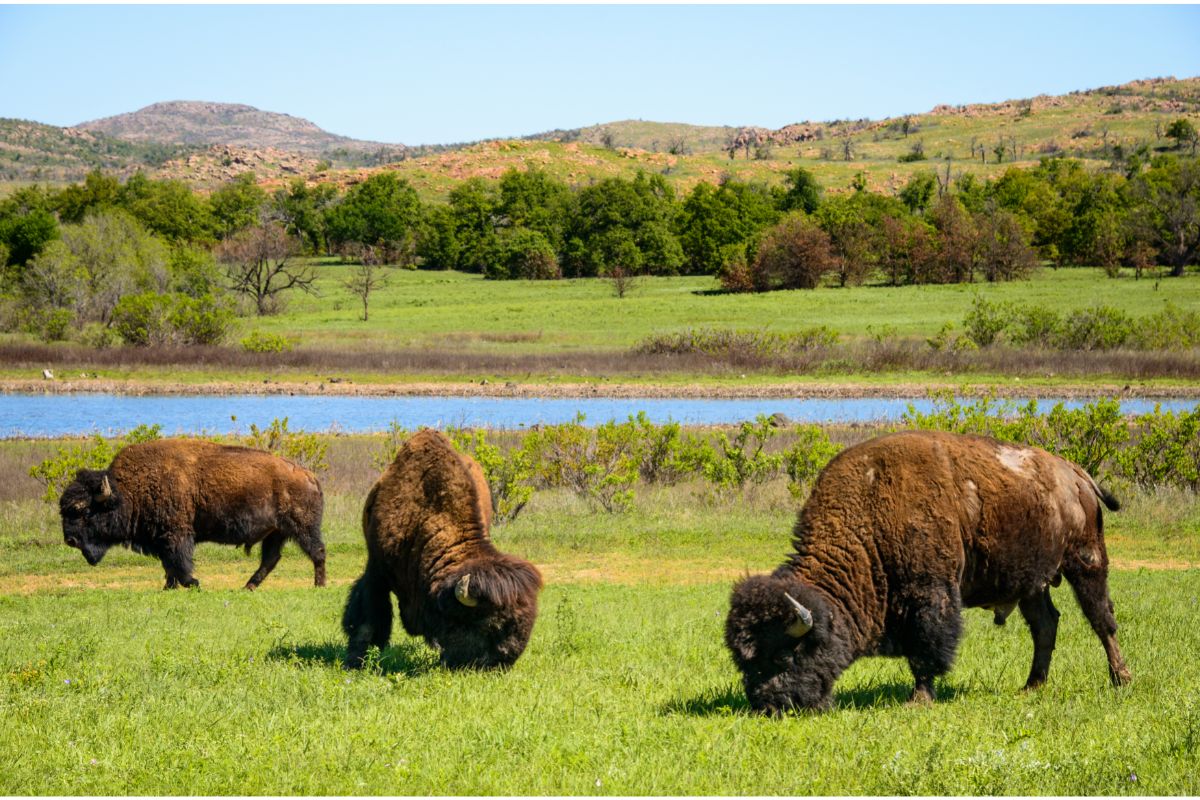Many of us don’t usually give birds a second thought. They fly (usually), and can be incredibly loud, especially in the mornings.
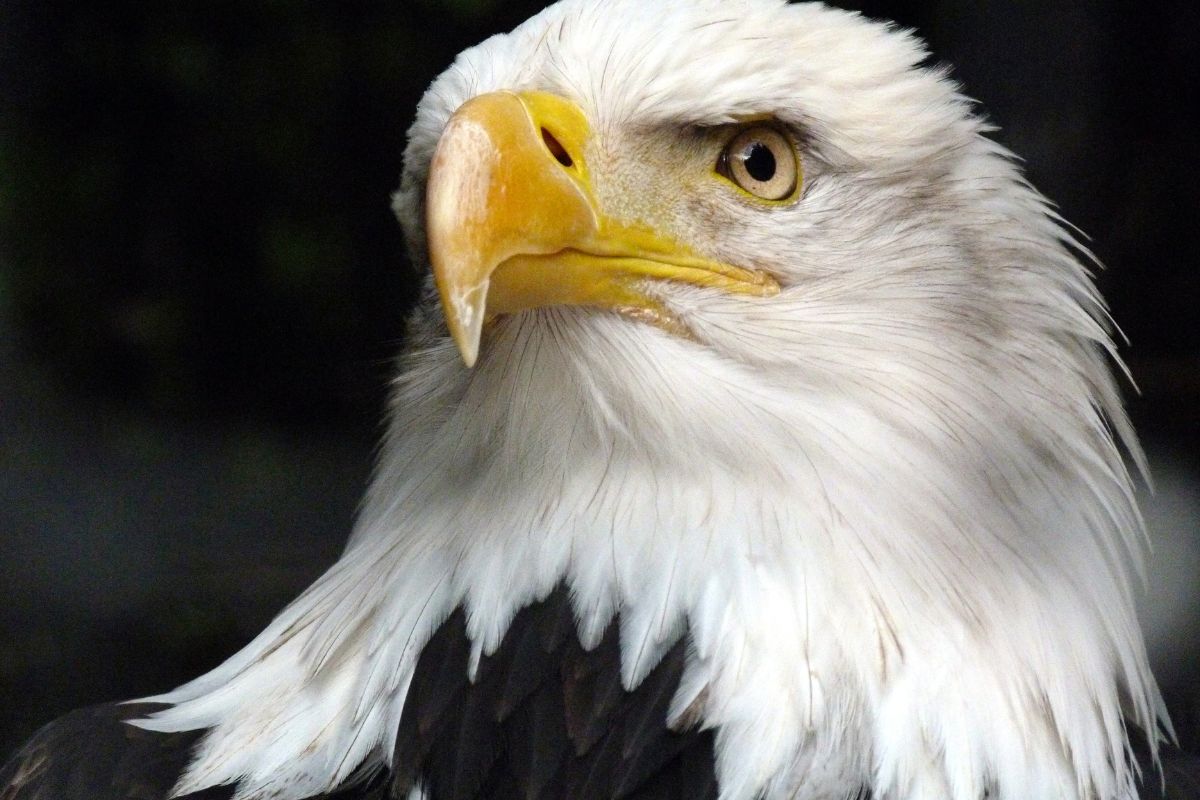
If you live in a city, then you might not know a whole lot about many of our favorite birds. However, they are pretty incredible and complex things if you take the time to learn about them!
Something that often crops up when we’re thinking about birds is their age. How long can birds actually get, and does it vary from species to species?
If you’re curious about this question and would like to find out a little more, you’re in the right place. We’ll be going through everything you need to know about the life expectancy of birds.
Ready to learn? Let’s start.
The Life Expectancy Of Birds
There are a lot of factors that come into play when we’re talking about the life expectancy of birds. From the species to their location and lifestyles, there is a lot to consider.
Let’s take a look at what we already know about a bird’s life expectancy.
What We Know
Species play a huge role in the life expectancy of birds. Generally, we can surmise that larger birds will live longer compared to small birds.
That, however, does have its exceptions, too. Not only that, but the bird’s lifestyle and environment also play a part in their life expectancy.
With that being said, the average life expectancy of a bird and its maximum age can vary. A lot. Take a look at a few common birds, for example.
A blue tit’s average age is around 2.7 years, yet the oldest ever recorded blue tit was an impressive 21 years old.
Blue jays typically live for around 7 years, but the oldest recorded one was 1 month away from being 27 years old!
That blue jay didn’t even die a natural death, too, it ended up getting caught in fishing gear.
So, while the average age of a bird gives us some important insight, you need to be aware that they can live for much longer.
If birds didn’t have to fight for survival every day, they would probably live well past their average age!
How We Measure The Age Of Birds
Measuring the age of birds isn’t an easy thing to do. There are no real visible signs that indicate a bird’s age.
Birds’ feathers don’t go gray, and they can fly when they’re old. So, how do we measure a bird’s age?
It all comes down to tagging and tracking. This is a long-winded process that involves catching birds (usually with a fine meshed net called a mist net), and either attaching tags or small transmitters to them.
The tags are in the form of a ring or band, and they usually get attached to a bird’s leg. On occasion, these might be attached to the bird’s neck.
Transmitters, however, get attached to the body of the bird.
Understanding The Average Age
As we briefly mentioned, the average age is just that – the average. There will be birds who can live well past this, and birds who will die before it.
In fact, it’s thought that songbirds only have a roughly 25% chance of even making it to their first birthday.
As such, a lot of birds will die from a variety of causes before they even reach maturity.
Once they reach that hurdle, however, their chances of survival are still less than 50%, and they are still unlikely to live for the next two years.
It’s estimated that between 80-90% of birds actually die before they are able to reach full maturity. As such, it’s actually very rare for a bird to die of old age.
There are simply too many factors that influence their lives, and too many dangers present. Their difficult lives don’t make survival easy, and thanks to predators, the weather, and humans, they struggle.
Things like plastic and various litter are notorious for cutting the lives of birds short.
Keeping Track Of Birds

To catch the birds, a mist net is usually tied between two trees in an area where birds often fly through.
Using these high population areas ensures that lots of birds will be caught, which will give us more accurate data.
Once caught, the rings with unique serial numbers are fitted to the birds, and they are released.
Using the mist net is a harmless way to catch and tag birds, but it isn’t without stress for the bird itself. However, those in charge of the tagging and tracking are incredibly effective and well-trained.
They are able to get the job done in no time, which results in minimal stress for the bird.
To keep track of the birds, the mist nets are set up over and over again as time goes on. This allows the serial numbers to be checked, which tells us which birds are still alive and doing well.
In the past, this was primarily done to track the bird’s migration, but it is now also used to help keep track of survival rates and bird’s ages.
What About Life In Captivity?
Now, you might be thinking about birds in captivity. If their lives in the big wide world are so dangerous, clearly they must do better in captivity.
Let’s take a look at this, and learn a little more about it.
Not All Birds Thrive In Captivity
Birds that are kept in captivity have the tendency to live much longer than in the wild. However, this doesn’t apply to all bird species.
Some birds, like starlings, have been shown to have shorter lifespans when in captivity. This is despite the fact that they are cared for and have shelter, food, and no predators to worry about.
Nonetheless, despite having everything and no threats, the longest living captive starling did not beat the oldest wild starling, which lived for 3 years longer.
Many other birds, however, thrive in captivity. Take a look at cardinals and house sparrows, for example. These birds typically live for around 3 years in the wild.
However, when in captivity, reports have shown that these birds can thrive up until their mid 20s.
This just shows that birds, like all other animals (including us), are impacted by a variety of factors. It wouldn’t be too far-fetched to simply conclude that some species are not made for captivity.
There are likely a number of these animals that don’t do well in captivity, and she shouldn’t try to change that.
A Case Study – Wisdom
Wisdom is the oldest wild bird ever recorded. She is a Laysan albatross and was banded back in 1956.
When she was banded, she was estimated to be at least 5 years old, since that’s the earliest age these birds can reach maturity. However, there is a chance that she was older than that!
As of 2022, Wisdom is at least 71 years old, but again, she should be older. She even outlived the biologist who banded her, as he died in 2017 at 98 years old.
Wisdom has been seen returning to her nesting spot every year since first being tagged, which means that she has laid many eggs and raised a lot of chicks!
She has even been seen with the same mate that she has had since 2006. That’s a wax wedding anniversary gift!
It’s not every day you hear about a bird that is as old as your grandparents, and she’s still going strong! It will be a very sad day when Wisdom is no longer with us.
However, we need to appreciate her as long as she’s still flying around and doing what albatrosses do.
The Curious Case Of Charlie
One of the oldest birds to have lives might be Charlie, a stunning blue and yellow macaw. This bird was thought to have lived to at least 104 years old by 2004, and was supposedly owned by Winston Churchill himself.
This parrot species is one of the largest, and absolutely stunning. However, Winston Churchill’s daughter claimed that she only ever remembered her father having a gray parrot named Polly.
Because of this, there is no real way to validate this claim, which is a shame. It would have been pretty cool to have had a parrot that lived into its hundreds.
This record should always be taken with a grain of salt, since there’s no way of knowing the truth.
However, if Winston Churchill’s own daughter didn’t remember a parrot as stunning as a blue and yellow macaw, it probably did not exist. You can’t just forget a bird like that, no matter how young you are!
Maximum Recorded Lifespans Of Birds
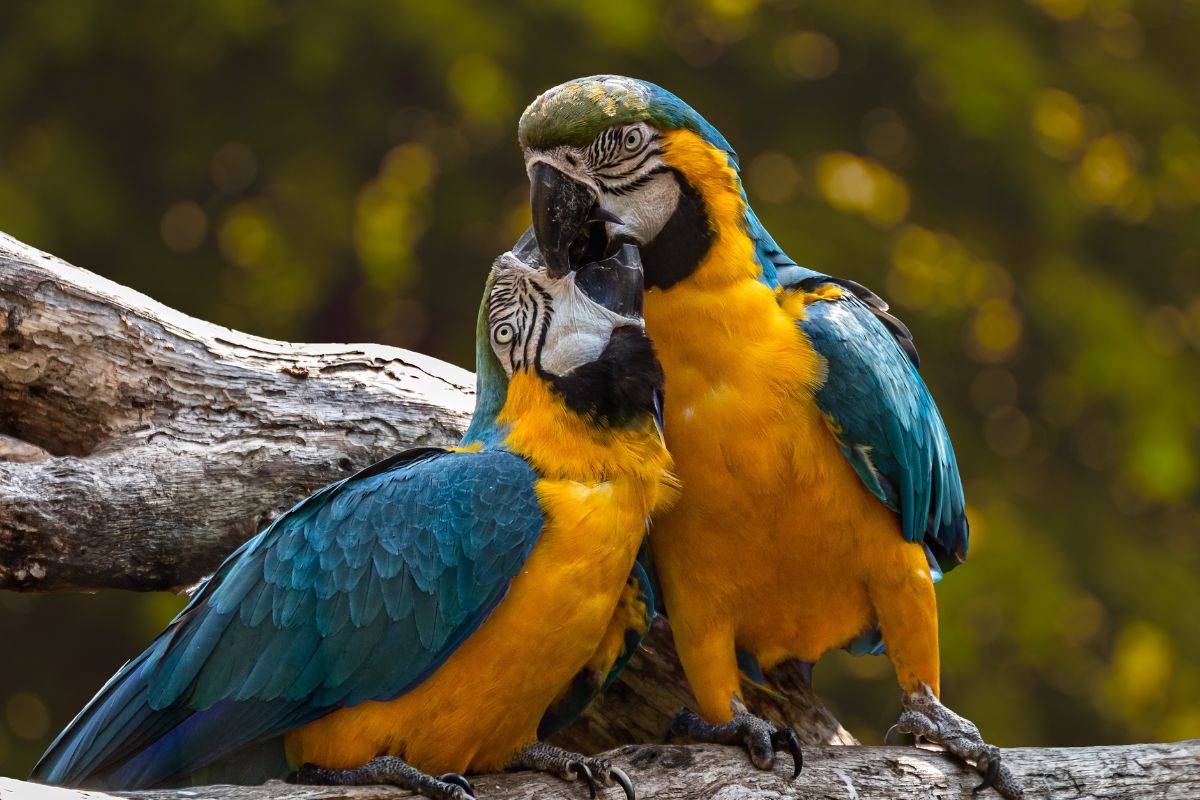
Below is a list of impressive life records for a number of birds across the US and surrounding area. You can check out the official site with all this information and more right here.
- Laysan Albatross – 71
- Black Footed Albatross – 62
- American Flamingo – 49
- Great Frigatebird – 43
- Common Murre – 40
- Bald Eagle – 38
- Sandhill Crane – 37
- White Tern – 34
- Atlantic Puffin – 33
- Golden Eagle – 31
- Rhinoceros Auklet – 31
- Blue Goose – 30
- Mourning Done – 30
- Razorbill – 30
- Common Loon – 30
- Red-Tailed Hawk – 30
- Ring-Billed Gull – 29
- Great Horned Owl – 28
- Whooping Crane – 28
- Brown Pelican – 27
- Mallard – 27
- Blue Jay – 26
- Swainson’s Hawk – 26
- Osprey – 25
- Great Blue Heron – 24
- Brown Booby – 24
- Turkey Vulture – 23
- Snowy Owl – 23
- Wood Stork – 22
- Common Raven – 22
- Cooper’s Hawk – 20
- Rufa Red Knot – 19
- Acorn Woodpecker – 17
- Hairy Woodpecker – 15
- Broad-Tailed Hummingbird – 12
- Magnificent Hummingbird – 11
- Nashville Warbler – 10
As you can see from the numbers above, the records for a lot of these birds are a lot higher than you might expect.
On the website, it’s explained when the bird listed got tagged, how old it was when it was tagged, where it was found, and whether it is dead or thought to still be alive.
This is a great site to refer back to if you ever get curious about how old some birds have been known to get!
Crazy to think that there are birds out there that are probably older than you (no matter how old you are!). Of course, this isn’t a list of every bird species in the US and surrounding area, but it’s a great place to start.
It’s important to note that not all bird species attract the kind of attention that gets them tagged. If a bird is more popular for any reason, there are likely to be far more records of them and their ages.
This is why many of the larger and more impressive birds are well documented compared to the everyday birds.
There is a noticeable interest in birds of prey and larger species, and relatively little on species such as sparrows or tits.
Final Thoughts
When you ask how old birds get, there’s no one answer. Every bird species has a different average lifespan, and different records to bring to the table.
With that being said, if you came here looking for a general rule of thumb to follow, you can take away that the smaller the bird, the shorter it lives.
That, of course, is never going to be fully accurate, as you can see from the list above. The smallest birds, like hummingbirds, are known to live over 10 years!
So, like anything, take that information with a grain of salt and do some research if you want to get an answer that is a little more accurate.
So, to summarize, birds are usually caught in mist nets to get banded. These bands typically go around their legs, and they have a unique serial code on them to identify the bird.
Those birds can either be recaptured throughout their lives, or photographed. That way, we are able to learn how old they can get, as well as their migration patterns.
When it comes to age, some birds are incredibly surprising. Next time you want to think of an awesome bird, just think of Wisdom, the Laysan albatross. She’s at least 70 years old, and still living the dream.
- Why are skunks called polecats? - November 16, 2022
- Do Armadillos lay eggs? - November 16, 2022
- Can animals have down syndrome? - October 5, 2022

